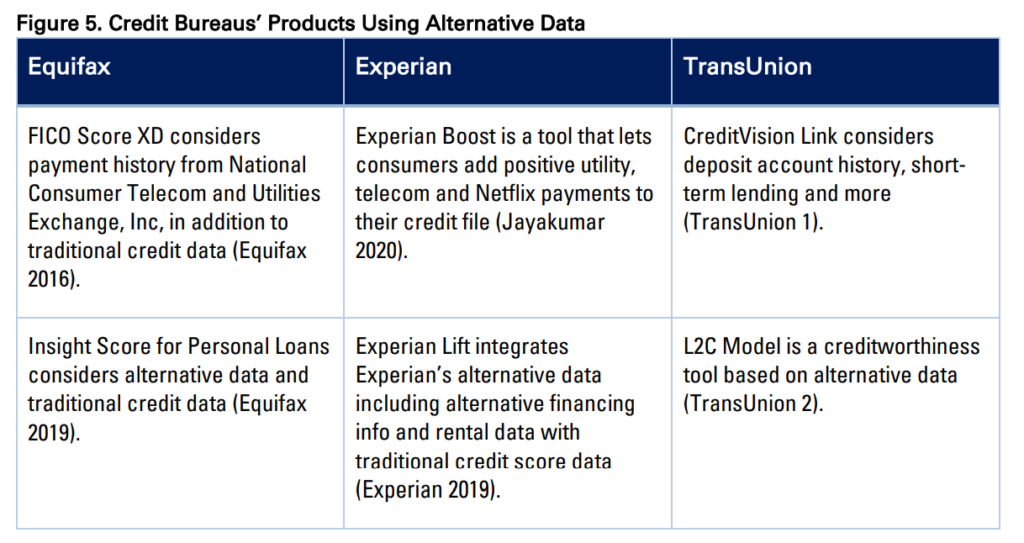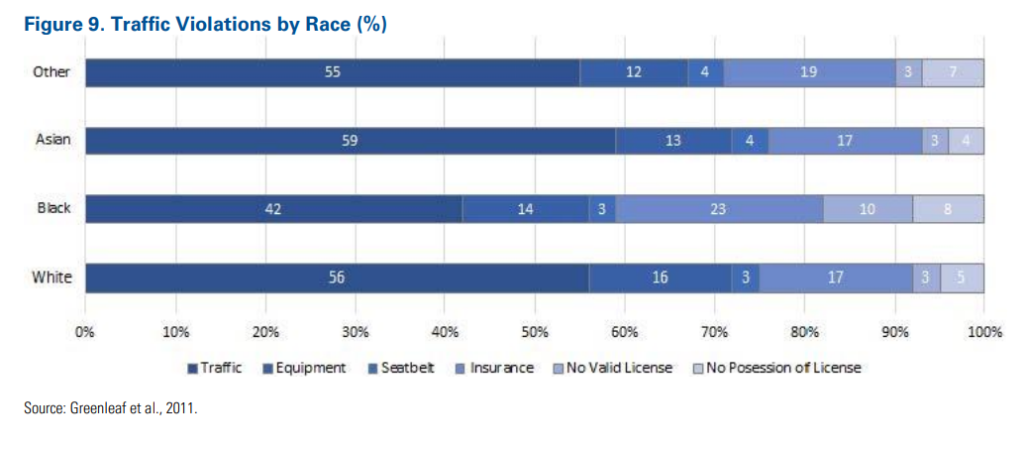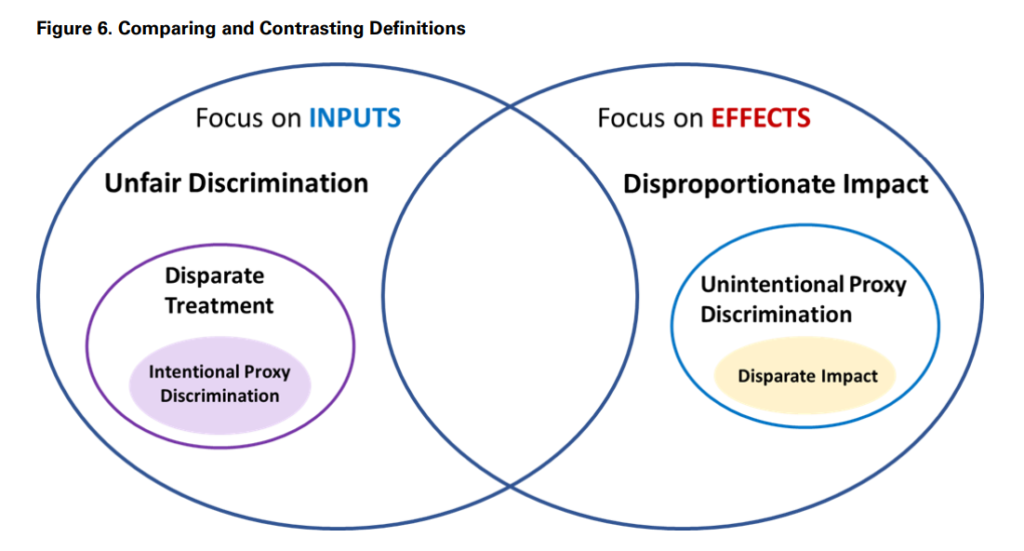Graphic:

Excerpt:
The goal of this paper is to equip actuaries to proactively participate in
discussions and actions related to potential racial biases in insurance
practices. This paper uses the following definition of racial bias:
Racial bias refers to a system that is inherently skewed along racial lines.
Racial bias can be intentional or unintentional and can be present in the
inputs, design, implementation, interpretation or outcomes of any system.
To support actuaries and the insurance industry in these efforts, this paper
examines issues of racial bias that have impacted four areas of noninsurance financial services — mortgage lending, personal lending,
commercial lending and the underlying credit-scoring systems — as well
as the solutions that have been implemented in these sectors to address
this bias. Actuaries are encouraged to combine this information on
solutions and gaps in other industries with expertise in their practice areas
to determine how, if at all, this information could be applied to identify
potential racial biases impacting insurance or other industries in which
actuaries work.
Parallels can be drawn between the issues noted here in financial services
and those being discussed within the insurance industry. While many
states have long considered race to be a protected class which cannot be
used for insurance business decisions, regulators and consumer groups
have brought forth concerns about potential racial bias implicit in existing
practices or apparent in insurance outcomes. State regulators are taking
individual actions to address potential issues through prohibition of
certain rating factors, and even some insurers are proactively calling for
the industry to move away from using information thought to be
correlated with race. However, this research suggests that government
prohibition of specific practices may not be a silver-bullet solution.
Actuaries can play a key role as the insurance industry develops
approaches to test for, measure and address potential racial bias, and
increase fairness and equality in insurance, while still maintaining riskbased pricing, company competitiveness and solvency.
Author(s): Members of the 2021 CAS Race and Insurance Research Task Force
Publication Date: March 2022
Publication Site: CAS


